A duo of researchers at Purdue University has modified a popular theorem — called Bell’s inequality — for identifying quantum entanglement and applied it to chemical reactions.
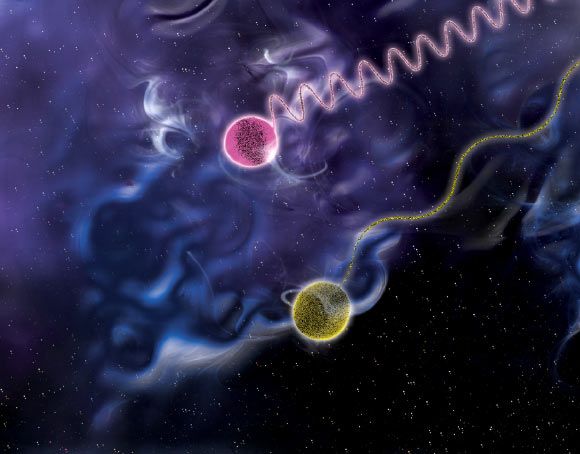

A duo of researchers at Purdue University has modified a popular theorem — called Bell’s inequality — for identifying quantum entanglement and applied it to chemical reactions.
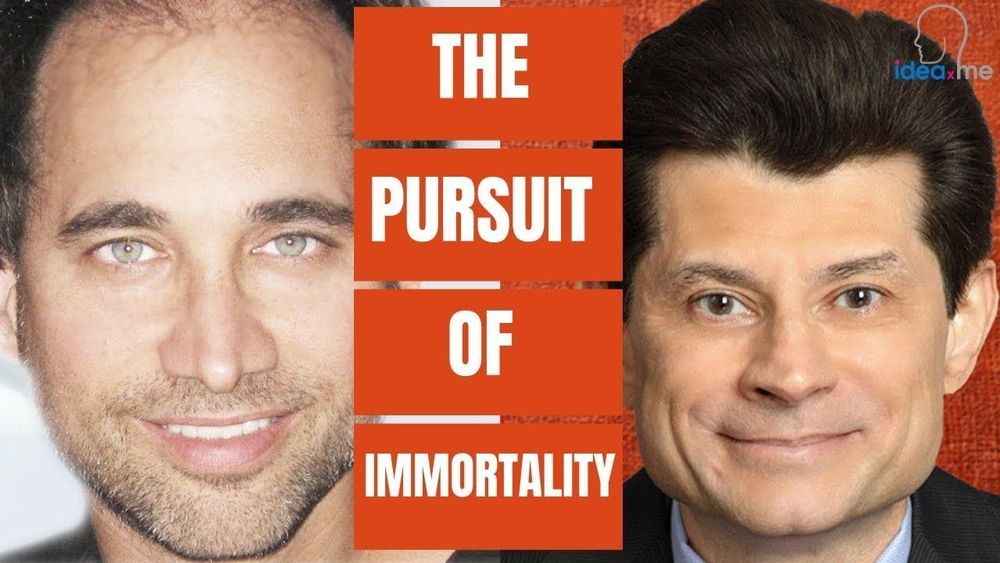
Ira Pastor, ideaXme longevity and aging Ambassador and Founder of Bioquark interviews Bill Faloon, Director and Co-Founder, Life Extension Foundation and Founder of The Church Of Perpetual Life.
Ira Pastor Comments:
On the last several shows we have spent time on different hierarchical levels the biologic-architecture of the life, disease and aging process. We’ve spent some time talking about the genome, the microbiome, tissue engineering, systems biology, and dabbled a bit in the areas of quantum biology, organism hydro-dynamics, and even chronobiology.
As exciting and promising as all these research paths are, at the end of the day, in order for them to yield what many people are looking for, that is radically extended healthspans and lifespans, there needs to be an organized system of human translation build around them, integrating these various products, services and technologies, from supplements, to biologics, to functional foods, to cosmeceuticals, to various physio-therapeutic interventions, and so forth, as well as all the related supporting advocacy and education, as biologic aging is truly a multi-factorial, combinatorial process that is never going to be amenable to big pharma’s traditional “single magic bullet” philosophy that it promoted throughout the last century.
For today’s guest, I could think of no one better to talk with us about this topic and take us into the future on this front, than Bill Faloon, Director and Co-Founder, Life Extension Foundation (LEF), a consumer advocacy organization with over 100,000 members that funds research (investing million per year in researchers around the globe) and disseminates information to consumers about optimal health, and more recently in the area of actionable clinical interventions regarding human biologic age reversal, through a fascinating new project called the Age Reversal Network, defined as an open-source communications channel to exchange scientific information, foster strategic alliances, and support biomedical endeavors aimed at reversing degenerative aging.
Bill is also the Founder of The Church Of Perpetual Life, a nonprofit transhumanist organization aiming to combine discussion integrating spirituality, community, and aging scientific research in a single unified forum.
He’s a board member of the Coalition For Radical Life Extension, which is the organizer of annual RAADfest conference (Revolution Against Aging and Death) which is the world’s largest gathering of radical life extension enthusiasts.
Over the decade, Bill has been a major advocate within the areas of cryonics and cryo-preservation technology development, through involvement with organizations 21st Century Medicine, a for-profit company that specializes in living systems preservation technology, and The Stasis Foundation.
He is the author of “Pharmocracy” and “Pharmocracy II: How Corrupt Deals and Misguided Medical Regulations Are Bankrupting America — and What to do About It”, as well as the “chief compiler” of the Life Extension Foundation’s 1,500 page medical reference book “Disease Prevention and Treatments.”
On this show we will hear from Bill:

It’s time to celebrate another first in the field of quantum physics: scientists have been able to ‘teleport’ a qutrit, or a piece of quantum information based on three states, opening up a whole host of new possibilities for quantum computing and communication.
Up until now, quantum teleportation has only been managed with qubits, albeit over impressively long distances. A new proof-of-concept study suggests future quantum networks will be able to carry much more data and with less interference than we thought.
If you’re new to the idea of qutrits, first let’s take a step back. Simply put, the small data units we know as bits in classical computing can be in one of two states: a 0 or a 1. But in quantum computing, we have the qubit, which can be both a 0 and 1 at the same time (known as superposition).

Physics World represents a key part of IOP Publishing’s mission to communicate world-class research and innovation to the widest possible audience. The website forms part of the Physics World portfolio, a collection of online, digital and print information services for the global scientific community.
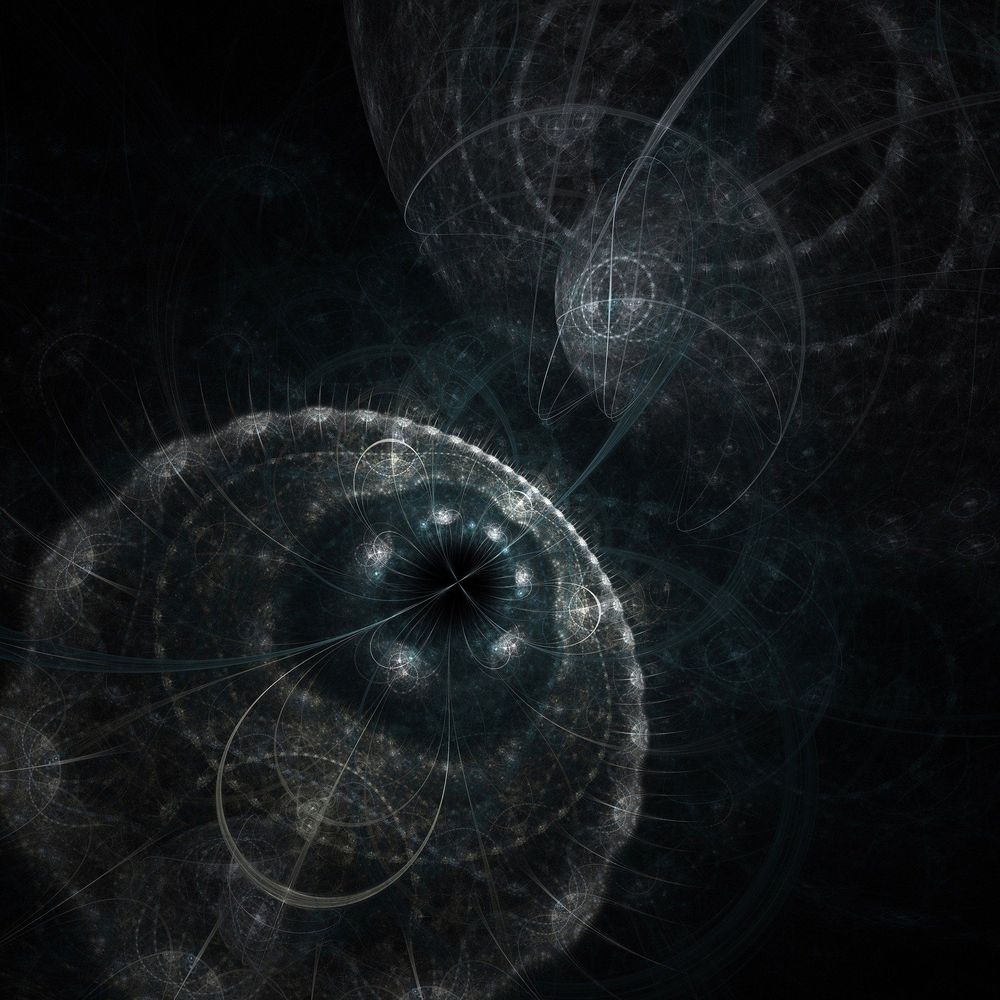
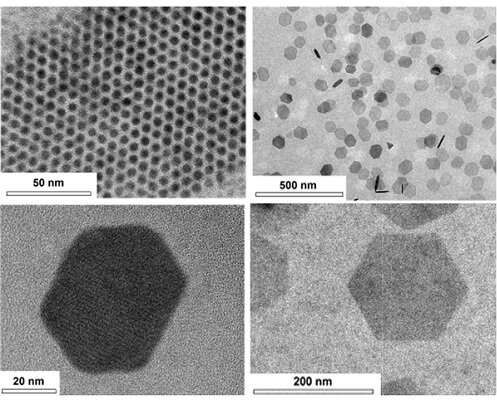
A KAIST team has designed a novel strategy for synthesizing single-crystalline graphene quantum dots, which emit stable blue light. The research team confirmed that a display made of their synthesized graphene quantum dots successfully emitted blue light with stable electric pressure, reportedly resolving the long-standing challenges of blue light emission in manufactured displays. The study, led by Professor O Ok Park in the Department of Chemical and Biological Engineering, was featured online in Nano Letters on July 5.
Graphene has gained increased attention as a next-generation material for its heat and electrical conductivity as well as its transparency. However, single and multi-layered graphene have characteristics of a conductor so that it is difficult to apply into semiconductor. Only when downsized to the nanoscale, semiconductor’s distinct feature of bandgap will be exhibited to emit the light in the graphene. This illuminating featuring of dot is referred to as a graphene quantum dot.
Conventionally, single-crystalline graphene has been fabricated by chemical vapor deposition (CVD) on copper or nickel thin films, or by peeling graphite physically and chemically. However, graphene made via chemical vapor deposition is mainly used for large-surface transparent electrodes. Meanwhile, graphene made by chemical and physical peeling carries uneven size defects.
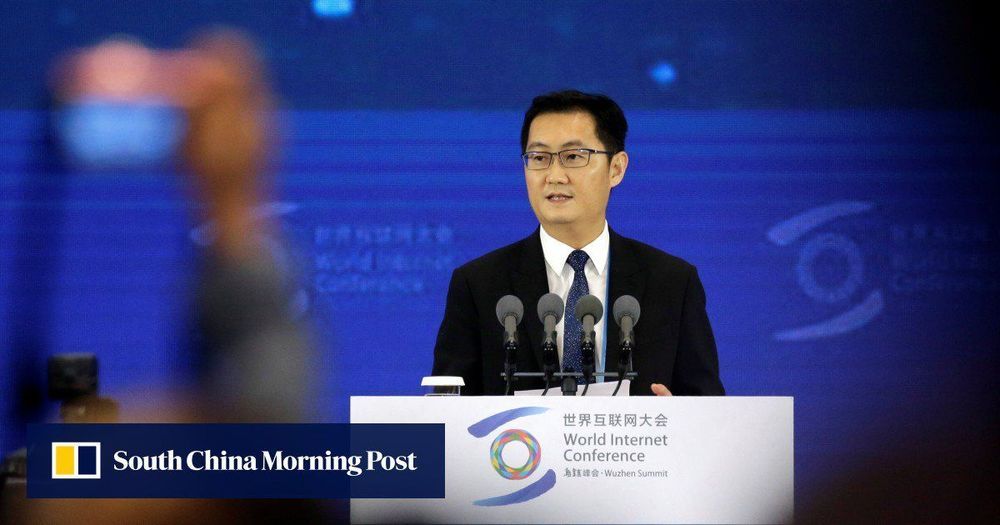
China has declared its ambition to dominate the technology sector from 5G and artificial intelligence to robotics and quantum computing. Joining the infrastructure firms on this year’s list are technology firms such as Alibaba, http://JD.com/, Tencent, Xiaomi, and BOE. Huawei was not included as it is a private entity.
China’s ambition to dominate the technology sector from 5G and artificial intelligence to robotics and quantum computing is bearing fruit.

When you pop a tray of water into the freezer, you get ice cubes. Now, researchers from the University of Colorado Boulder and the University of Toronto have achieved a similar transition using clouds of ultracold atoms.
In a study that will appear August 2 in the journal Science Advances, the team discovered that it could nudge these quantum materials to undergo transitions between “dynamical phases”—essentially, jumping between two states in which the atoms behave in completely different ways.
“This happens abruptly, and it resembles the phase transitions we see in systems like water becoming ice,” said study co-author Ana Maria Rey. “But unlike that tray of ice cubes in the freezer, these phases don’t exist in equilibrium. Instead, atoms are constantly shifting and evolving over time.”
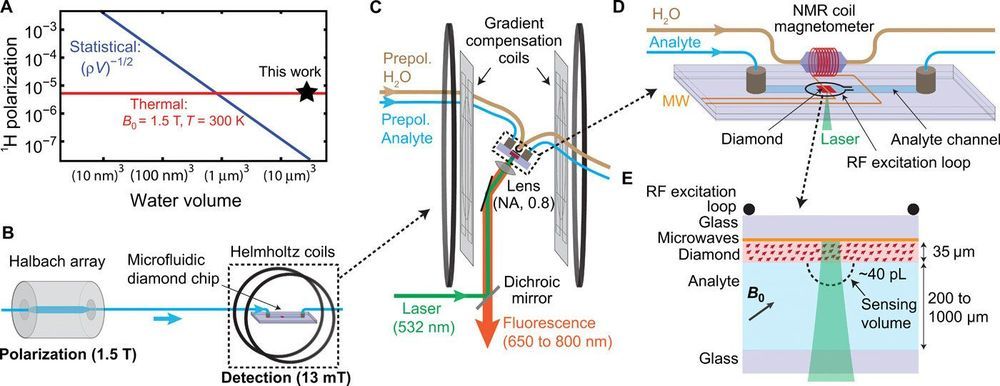
Quantum sensors based on nitrogen-vacancy (NV) centers in diamond are a promising detection mode for nuclear magnetic resonance spectroscopy due to their micron-scale detection volume and noninductive-based sample detection requirements. A challenge that exists is to sufficiently realize high spectral resolution coupled with concentration sensitivity for multidimensional NMR analysis of picolitre sample volumes. In a new report now on Science Advances, Janis Smits and an interdisciplinary research team in the departments of High Technology Materials, Physics and Astronomy in the U.S. and Latvia addressed the challenge by spatially separating the polarization and detection phases of the experiment in a microfluidic platform.
They realized a spectral resolution of 0.65±0.05 Hz, an order-of-magnitude improvement compared with previous diamond NMR studies. Using the platform, they performed 2-D correlation spectroscopy of liquid analytes with an effective detection volume of ~40 picoliters. The research team used diamond quantum sensors as in-line microfluidic NMR detectors in a major step forward for applications in mass-limited chemical analysis and single-cell biology.
Nuclear magnetic resonance (NMR) spectroscopy is a powerful and well-established technique for compositional, structural and functional analysis in a variety of scientific disciplines. In conventional NMR spectrometry the signal-to-noise ratio (SNR) is strongly dependent on the external field strength (B0). As the spectral resolution increased, the B0 increased as well, motivating the development of increasingly large and expensive superconducting magnets for improved resolution and SNR, resulting in a two-fold increase in field strength within the past 25 years.
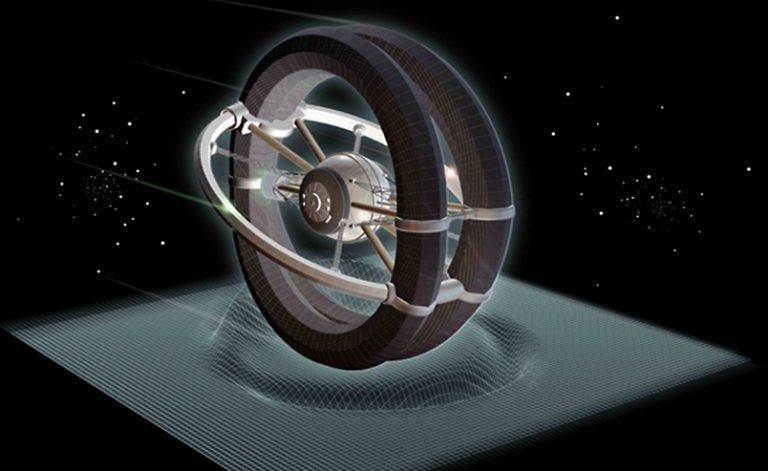
A number of NASA scientists are currently researching the feasibility of warp drive (and EMdrive and a number of other modes of faster than light travel); however, most scientists think that such forms of space travel simply aren’t viable, thanks to the fundamental physics of our universe.
“Routine travel among the stars is impossible without new discoveries regarding the fabric of space and time, or capability to manipulate it for our needs,” says Neil deGrasse Tyson, the “Cosmos famous” astrophysicist at the American Museum of Natural History, said “By my read, the idea of a functioning warp drive remains far-fetched, but the real take-away is that people are thinking about it — reminding us all that the urge to explore continues to run deep in our species.”
There have been hints the past few years that NASA may be on the path to discovering warp bubbles that could make the local universe accessible for human exploration. NASA scientists may be close announcing they may have broken the speed of light. According to state-of-the art theory, a warp drive could cut the travel time between stars from tens of thousands of years to weeks or months.